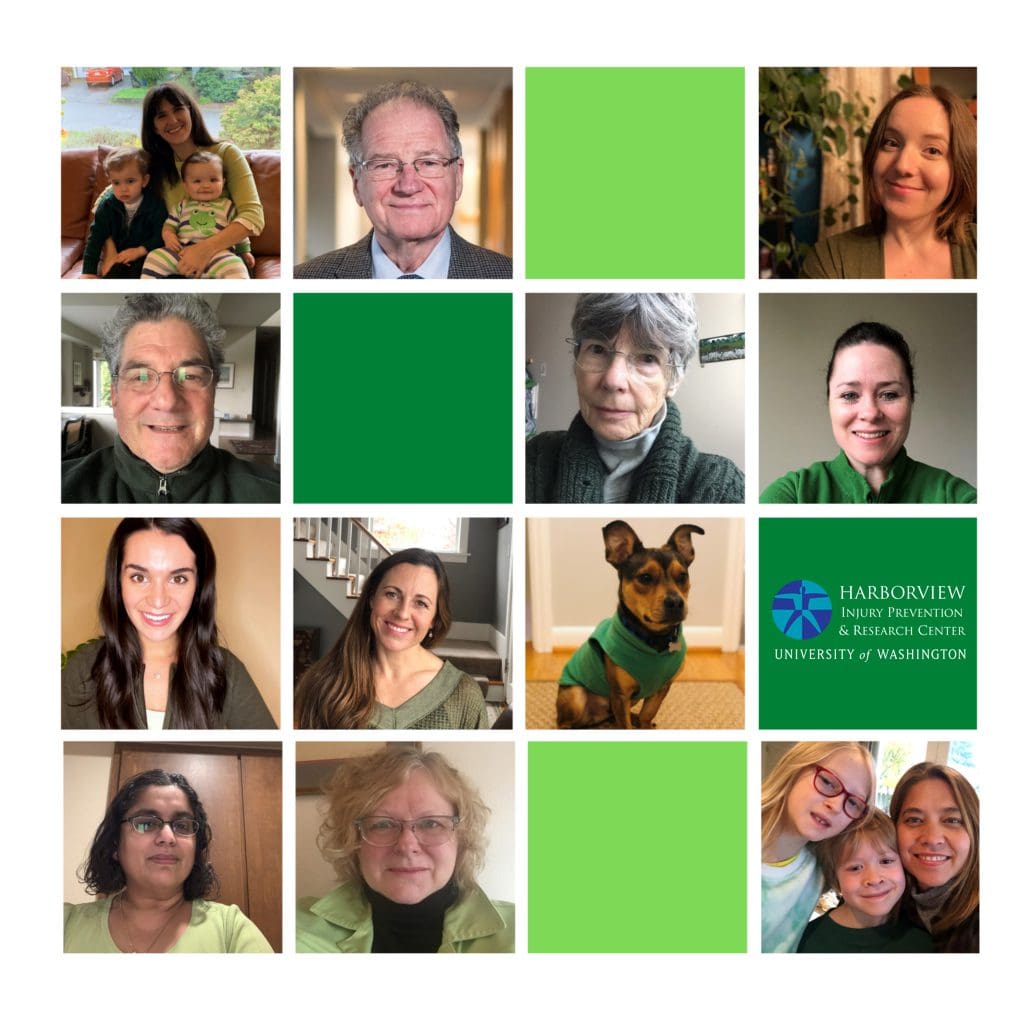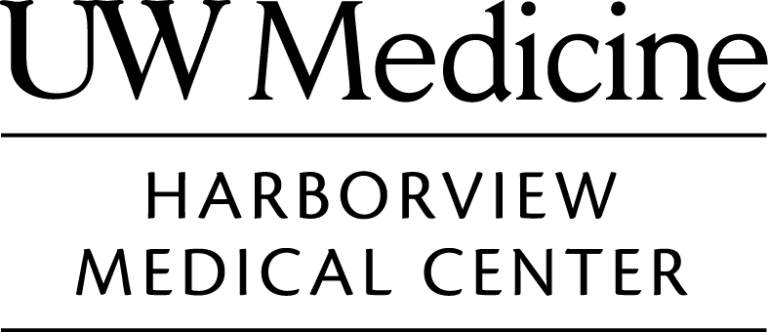
Bodily injuries remain the leading cause of death and suffering among U.S. children and teens. Each day, 20 children die from preventable injuries—more than all other diseases combined. In parallel, the nation’s second leading cause of death among people ages 10 to 24 is suicide.
The Harborview Injury Prevention & Research Center (HIPRC) and UW Forefront Suicide Prevention center are working together to “shine a light” on ways to prevent youth suicide.
This partnership, together with the Injury Free Coalition for Kids, is part of the inaugural National Injury Prevention Day on Wednesday, November 18, 2020. Hospitals and trauma centers across the U.S. will be bathed in green light to “Shine a Light” on opportunities to prevent serious childhood injury. Harborview Medical Center’s Tower roof and 9th Ave entrance will be illuminated in green on November 18, 2020.
HIPRC is partnering with UW School of Social Work’s Forefront Suicide Prevention group to share a digital suicide prevention and safe storage toolkit. The toolkit includes videos, information and resources on suicide prevention and safe storage.
Safely & securely storing medicines, firearms, and other dangerous items is an effective way to keep you & your family safe.
More than 1,000 Washington residents die by suicide every year- this guide shows how suicide can be prevented.
The Forefront 'Suicide Prevention Safety Steps' can help families reduce chances of suicide by following these five steps.
The Forefront 'Parent and Family Guide' is designed to help parents, primary caregivers, and families understand important things about depression and anxiety
To help those in crisis and considering suicide, we recommend using Forefront's 'LEARN Saves Lives' tips. Most suicides are preventable. Together, we can save lives.
Videos from Forefront include information about suicide prevention, mental illnesses, and building connection for those touched by anxiety, depression, and suicide.

This web site is provided for educational and informational purposes only and does not constitute providing medical advice or professional services. The information provided should not be used for diagnosing or treating a health problem or disease, and those seeking personal medical advice should consult with a licensed physician. No physician-patient relationship is created by this web site or its use. Neither HIPRC, the University of Washington, nor its employees, nor any contributor to this web site, makes any representations, express or implied, with respect to the information provided herein or to its use.


